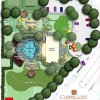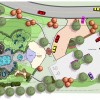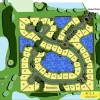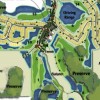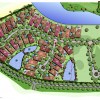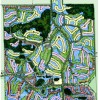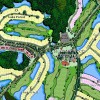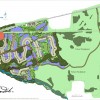
Michael S. Spencer is a landscape architect in Naples, Florida. MSADesign (239) 598-2828 [email protected]
We have been using PowerCADD for many years as our workhorse CAD engine, and we have been very happy. There are a set of third party externals provided through Engineered Software and written by Alfred Scott (an acerbic little gnome) called ‘WildTools’; this is an essential piece of software. Additionally, PowerCADD has solved the DWG problem in a very elegant way, and this makes living in an AutoCAD world much, much easier.
In general, we have found that the type and quality of drawings that we are able to present to clients has consistently won respect and repeat business. And we are constantly asked how we prepare our drawings! It is a simple fact that PowerCADD prepares first class presentation drawings as well as construction documents. It is the one tool that we just cannot do without.
One thing that is not so obvious deserves attention: in a traditional design office, the work flow paradigm involved designer-prepared sketches that were handed to a drafter; this process went around a few times as drawings were red-lined. AutoCAD simply computerizes this process.
However, we have found that with PowerCADD, the designer initiates the work on the computer directly in PowerCADD. The importance of this point cannot be overstated because it is an essential part of our profitability. What happens is this: the designer initiates a graphic rendering in PowerCADD that he will use for initial presentation of design concepts to a client. This work is usually printed on our HP 755cm. The design drawings can have a very ‘loose’ feeling, which is important, but more significant is the fact that the underlying data is accurate and is already in the drawing. This means that translation to working drawings is much, much easier.
I should mention that PowerCADD is not a 3D program, and to the uninitiated trying to make a decision about software, this might be a deal killer. To those of us involved in ‘workaday’ drawing production, it matters not a whit.
While PowerCADD has powerful isometric and perspective tools, it does not generate true 3D models. It is a simple fact that the software-horsepower required to generate true 3D is seldom worth the expense, learning curve, or associated degree of difficulty. On the odd occasion where true 3D is needed, there are nice packages that we use, such as SketchUp.
Michael Spencer
